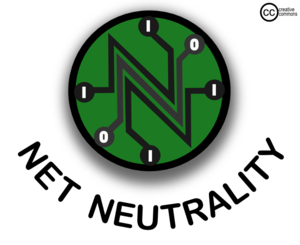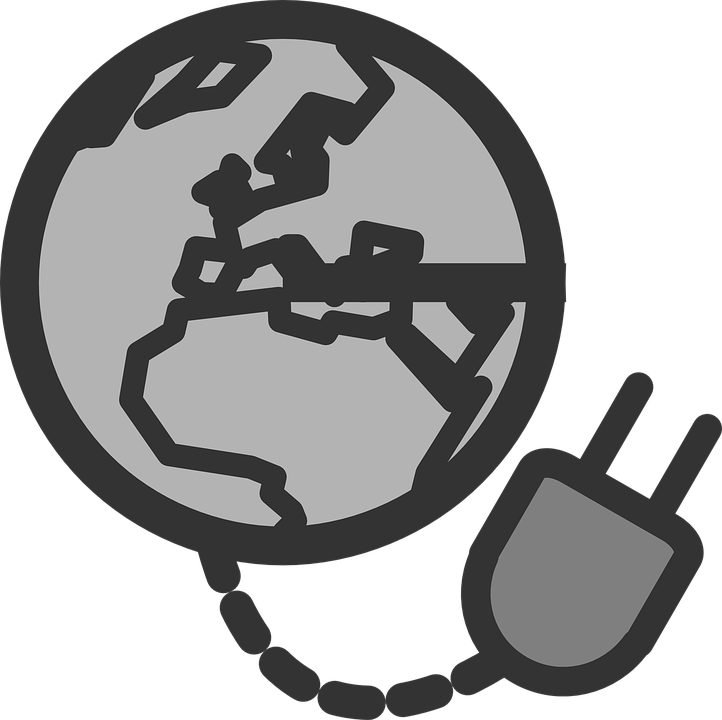Exactly two weeks following the FCC vote on the Open Internet, where the Commission voted 3-2 down party lines in favor of passing the rules in question, the document detailing what was voted into practice was finally released. The official length at the time of the vote was 317 pages, but the document released, sans Commissioner opinion section, came in at a mere 313.
The stated purpose of these rules was to establish regulations that the network transmission of data could not be blocked, prioritized, or throttled, assuming that you were seeking legal content, and then provide the FCC the means of enforcement. The public reaction leads me to believe most of the over 1 million daily Internet users in the United States still don’t fully comprehend what was being decided.
Before we dive into the contents of the document I want to cover one point: when I say that something is not protected that means that the data is not governed by the Title II regulations. It also means the Internet Service Providers (ISPs) cannot have that type data interfere with the transmission of protected data. This seemingly gives the ISPs the ability to do anything they want with that information – including charging additional costs to the clients that are using these services to ensure that data will be transmitted in a timely fashion.
In an attempt to sort through to the more relevant parts of the document, what follows here is focused on section D. Scope of the Rules.
FCC Shows its BIAS
The FCC retained its definition of a “broadband Internet access service” (BIAS) from the 2010 Open Internet Order:
A mass-market retail service by wire or radio that provides the capability to transmit data to and receive data from all or substantially all Internet endpoints, including any capabilities that are incidental to and enable the operation of the communications service, but excluding dial-up Internet access service. The term also encompasses any service that the Commission finds to be providing a functional equivalent of the service described in the previous sentence, or that is used to evade the protections set forth in this part.
Included in the clarification of BIAS was the same 2010 definition of “mass market” – as “a service marketed and sold on a standardized basis to residential customers, small businesses, and other end-user customers such as schools and libraries.” If you’ll notice, enterprise clients are left out of this definition as the FCC cites responses that stated “enterprise service offerings, which are typically offered to larger organizations through customized or individually-negotiated agreements,” and therefore fall under different conditions.
Trying to clarify further exclusions, the Rules state that the 2014 Open Internet NPRM would “not include virtual private network (VPN) services, content delivery networks (CDNs), hosting or data storage services, or Internet backbone services (to the extent those services are separate from BIAS).” While these services had previously been protected as part of the “mass market” definition under the 2010 Rules, they have been altered because they “do not provide the capability to receive data from all or substantially all Internet endpoints.”
If you follow that statement, the VPNs that the AV industry turns to in order to reliably and securely access remote systems for the purposes of maintenance, firmware upgrades, or troubleshooting systems for clients will no longer be protected under these new rules. Additionally, we are left with a very big question regarding cloud storage services like Dropbox, Box, or 4Shared. These sites are commonly used to store large files for access at any location, how is our ability to access that data going to be altered since these services could be interpreted by this language to not be protected? Will the ISPs start seeing these as a new revenue generator because paid prioritization can be applied to them?
Due to the fact that data from these sites cannot impede on the ability of the end point services to stream media, I can only recommend that if there’s a large parameter or programming file that you need to access, do it before 5 pm hits in your given region and the bandwidth usage on the public networks skyrockets as people head home. If you thought you could possibly just use the cellular networks to avoid this regulation, don’t forget that wireless broadband is now included as a part of this Order.
 The FCC has seen that the use of the Internet has changed drastically with the growth of online streaming video services. This change has brought an alteration to how the content providers are utilizing the network, specifically when it comes to using private CDNs to cache the content closer to the end users to ensure there won’t be transmission delays or drop outs. But if the CDNs are not considered to be a part of the broadband network, and therefore aren’t protected by Title II regulations, wouldn’t this mean that any transmission from the CDN over broadband would not be protected?
The FCC has seen that the use of the Internet has changed drastically with the growth of online streaming video services. This change has brought an alteration to how the content providers are utilizing the network, specifically when it comes to using private CDNs to cache the content closer to the end users to ensure there won’t be transmission delays or drop outs. But if the CDNs are not considered to be a part of the broadband network, and therefore aren’t protected by Title II regulations, wouldn’t this mean that any transmission from the CDN over broadband would not be protected?
What It Means For AV
If you want to find the most impactful portion of the rules for the AV industry, look directly to the Non-BIAS Data Services section, specifically paragraphs 207-211. In paragraph 209 the FCC defines why certain services like facilities-based VoIP and Internet Protocol (IP)-video offerings, connectivity bundled with e-readers, heart monitors, energy consumption sensors, automobile telematics, and services that provide schools with curriculum-approved applications and content will not be protected by the Title II rules.
“First, these services are not used to reach large parts of the Internet. Second, these services are not a generic platform – but rather a specific ‘application level’ service. And third, these services use some form of network management to isolate the capacity used by these services from that used by broadband Internet access services.”
Effectively, if your service can have a regulated bandwidth, doesn’t reach large parts of the Internet, and is a specific platform (not for general use), then it is not a protected service according the FCC. This is exceptionally short sighted on their part given the evolution of video conferencing, which won’t be protected based on these definitions, and neither will things like content for digital signage services, Dante/AVB transmissions, really any streaming content that the AV industry uses for its clientele.
Let’s look at the energy consumption devices if we want to explore a potential future impact of having unprotected data. These are devices that exist on a network to ensure that, from a remote location, personnel can verify if devices are not only online and functioning correctly, but what may be happening if something were to change.
The possible impact of these rules on industrial applications of AVB, given the requirement of clock synchronization in the AVB solution, could be long lasting. As the data on these limited networks would not be guaranteed, this could mean that remote monitoring services in the Internet of Things (IoT) world could take a huge blow to the ability to monitor technology at an urban planning level.
Moderating The Network’s Future
There are paragraphs upon paragraphs that discuss how to file complaints both formally and informally, though I do enjoy the coincidental point that it took until this document for the FCC to recognize filing online as an informal option – I sure hope that data is protected.
There is one point that drew my attention about the complaint and further regulatory policy. The FCC have given themselves the ability to appoint an ombudsperson in order to be the mediator and advisor to anyone that might take issue or file a complaint who will then coordinate with any other required bureaus and offices to deal with the complaints regarding broadband services. They recognized and built in a way to streamline possible complaints over this Order.
Individuals, organizations, and companies screamed from the digital rooftops that they wanted broadband Internet services to be considered common carrier and be governed by Title II. They got exactly what they asked for, only now they are discovering it might not be exactly what they wanted. The language is as bureaucratic as you could imagine with seeming contradictions and interpretations. This is far from the end of the issues over Net Neutrality and the Open Internet as we can predictably see litigations coming to iron out issues or widen any loophole contained within these 313 pages.
You can find the FCC Rules in full here (it’s a big file, might be a little slow).



Pingback: Net Neutrality Posts | Sound ReasonSound Reason
My favorite is the last line, kind of sums up most of the reason for Net Neutrality. I am really interested in the VPN issue as security is a concern of mine with how much I travel. I wonder how many people think that the issue is “over”. Time to think some more and figure out how to send in comments.
Pingback: The Friday 5: March 20, 2015 | AV Nation
Pingback: The Friday 5 March 20, 2015 | AV Nation
Pingback: IP Video | AV Nation
Pingback: AVRant Home Theater Podcast » AV Rant #425: Exterminate!